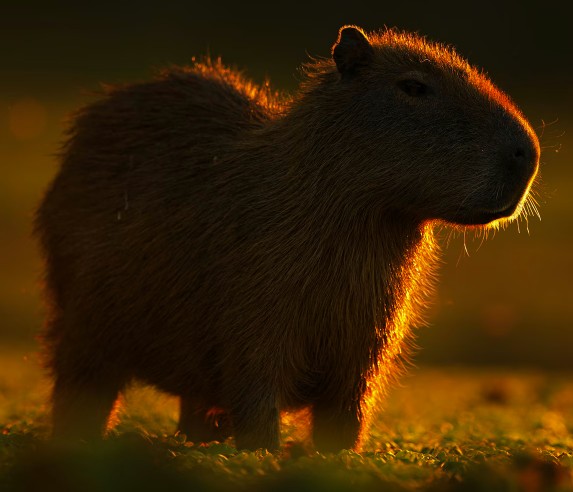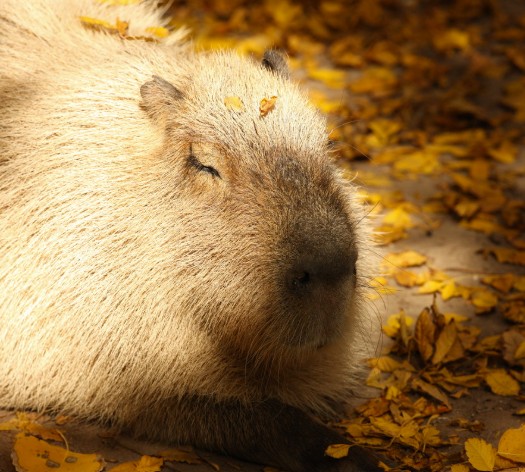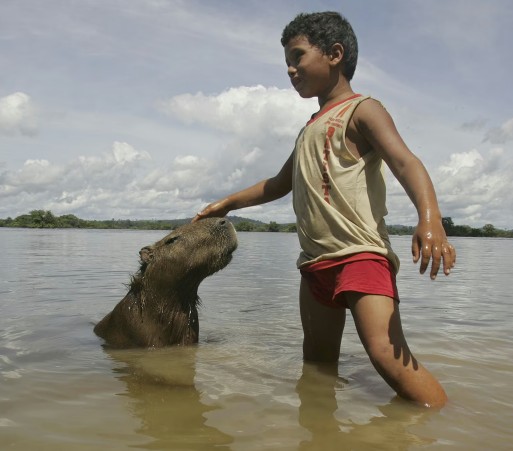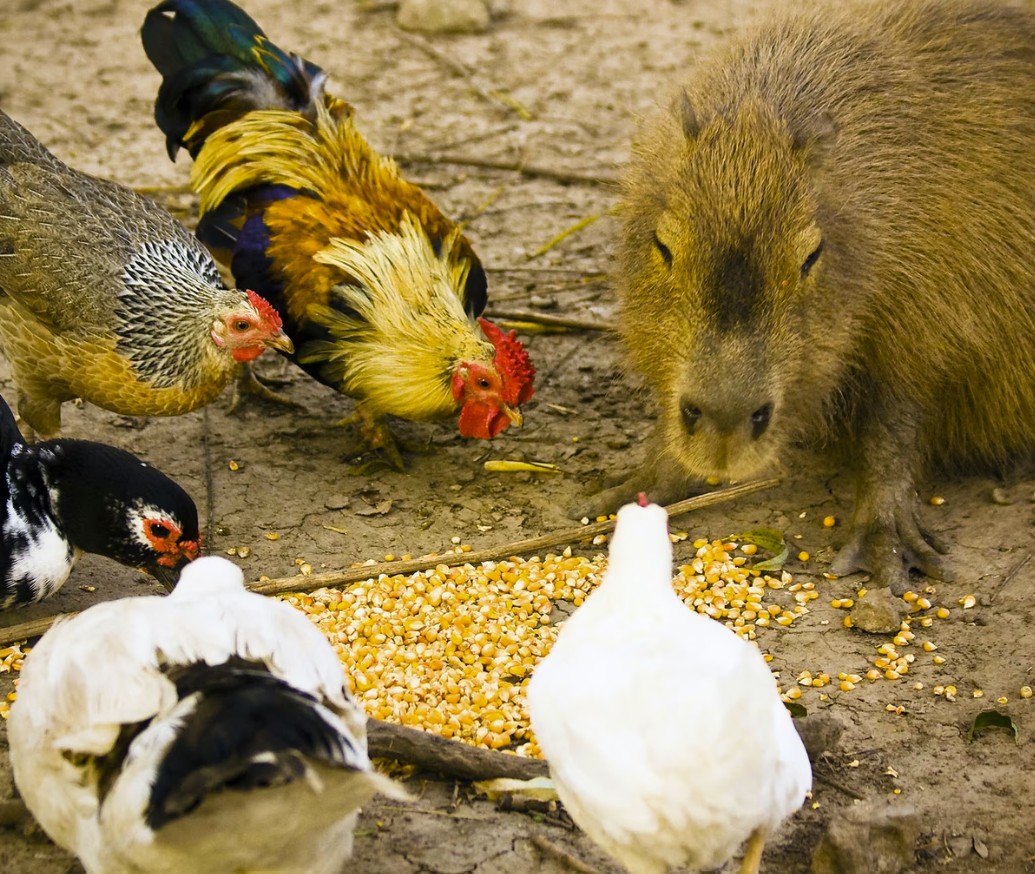In the vast ecosystem of human personalities, there exists a rare breed of individuals who’ve
mastered the ancient art of being utterly, magnificently unbothered. These are the human
capybaras—celebrities who’ve achieved that coveted state of zen-like tranquility that makes the
rest of us wonder if they’ve discovered some secret to life that involves perpetual hot springs
and unlimited snacks.
Capybaras, for the uninitiated, are nature’s diplomats. They’re the Switzerland of the animal
kingdom, the friends everyone wants to have, the ones who somehow manage to stay cool while
crocodiles use them as pool floats. They’ve cracked the code on contentment, and frankly, we’re
all just trying to catch up.
So let’s dive into the musician celebrity capybara hall of fame and explore why these famous
folks have earned their honorary rodent status.
🎤 The Musical Capybaras

Taylor Swift
Source: Taylor
Swift

Capybara
Photo: Ondrej Prosicky /
Shutterstock via The Atlantic
Taylor Swift glides through the turbulent waters of celebrity feuds and industry
drama with the serene confidence of a capybara navigating a river full of piranhas. Sure, she might
write songs about her experiences, but she does it with the same peaceful productivity that
capybaras exhibit when they’re methodically munching grass—consistent, unbothered, and somehow
always coming out on top. She’s mastered the capybara art of turning chaos into content, swimming
through controversies like they’re just another Tuesday.

Ed Sheeran Source: YouTube

Capybara
Photo: Michael Noonan
Ed Sheeran possesses that magical capybara quality of being universally beloved
without trying too hard. Like a capybara that somehow befriends every species in the rainforest, Ed
collaborates with everyone from death metal bands to pop princesses, creating harmony wherever he
goes. His laid-back approach to fame mirrors how capybaras casually become the social center of
their ecosystem—not by demanding attention, but by being genuinely, authentically chill.

Norah Jones
Source: People

Capybara
Photo: Andre Penner / AP via The Atlantic
Norah Jones creates auditory hot springs with her voice, offering the same
therapeutic effect as watching capybaras peacefully floating in warm water. Her music doesn’t demand
your attention; it simply exists in perfect tranquility, much like how capybaras don’t perform for
approval—they just
are, and that’s more than enough. She’s the human equivalent of a
capybara sunset serenade, soothing souls without breaking a sweat.

George Harrison
Source: guitarplayer.com

Capybara
Photo: Carolina Creciente /
Getty via The Atlantic
George Harrison was the quiet Beatle who discovered that sometimes the most
profound statements come from observing rather than performing. While his bandmates created
beautiful chaos, George found his capybara zen through meditation and music, proving that you don’t
need to be the loudest in the room to be the most enlightened. He taught us that true wisdom often
comes from those who know when to speak and when to simply float peacefully downstream.
🌊 The Capybara Conclusion
In our hyperconnected, always-on world, these celebrity capybaras remind us that there’s profound
power in staying calm, being kind, and refusing to let external chaos disturb your inner peace.
They’ve mastered the art of being fully present without being overwhelmed, engaged without being
anxious, and influential without being aggressive.
Perhaps the secret isn’t becoming more like a capybara—maybe it’s remembering that we all have a
little capybara wisdom within us, waiting to be awakened. We just need to stop running around
like anxious meerkats and start floating like the serene, snack-loving, universally beloved
giants of tranquility we’re all capable of becoming.
After all, in a world that profits from your panic, choosing to remain calm is the most
rebellious act of all. So channel your inner capybara, find your metaphorical hot spring, and
remember: sometimes the most profound thing you can do is simply be unbothered and well-fed.